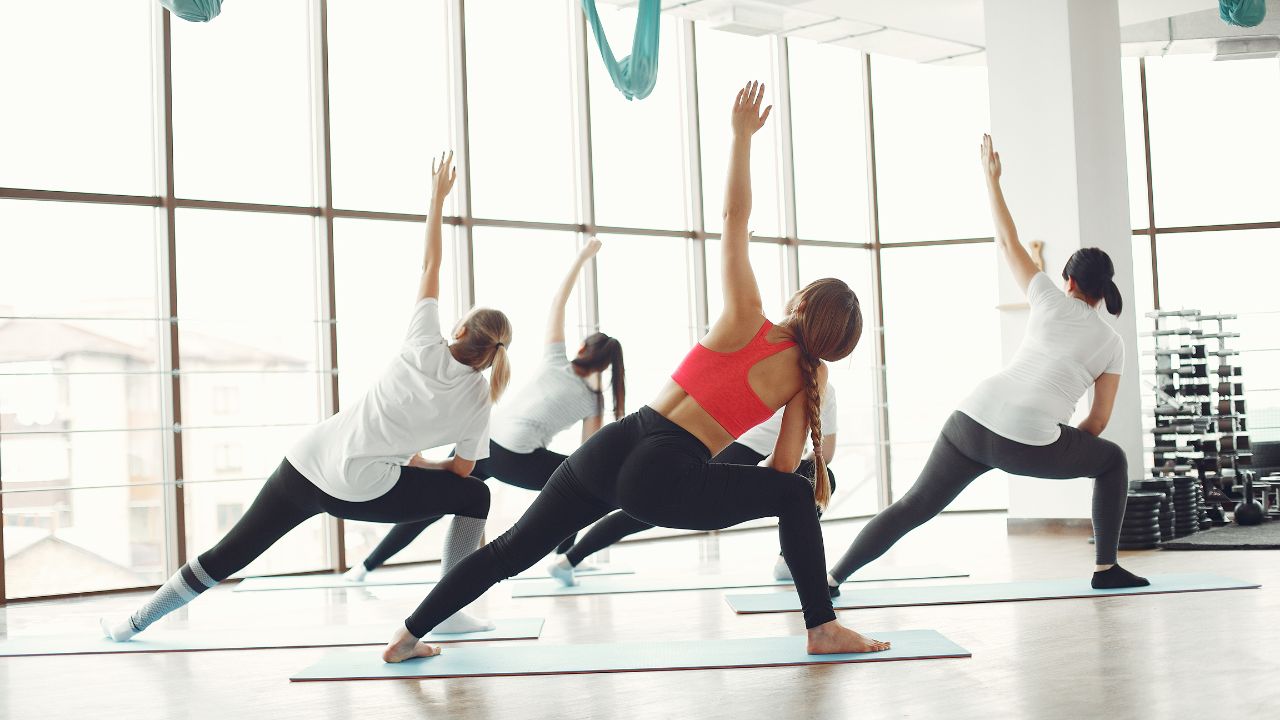
Understanding Range of Motion
Range of motion (ROM) refers to the extent of movement possible at a joint or series of joints in the body. It is a critical aspect of overall physical health and well-being, as it directly impacts our ability to perform daily activities and engage in physical exercise. Maintaining a healthy range of motion is essential for preventing injuries, reducing pain, and improving overall quality of life.
The Benefits of Improving Range of Motion
Improving your range of motion offers numerous benefits, including:
1. Reduced risk of injury: When your joints and muscles have a healthy range of motion, they are better equipped to handle the demands of daily activities and exercise, reducing the likelihood of strains, sprains, and other injuries.
2. Decreased pain: Tight muscles and restricted joint movement can lead to pain and discomfort. By improving your range of motion, you can alleviate tension and reduce pain in affected areas.
3. Enhanced physical performance: A greater range of motion allows for more efficient and effective movement patterns, leading to improved athletic performance and overall physical function.
4. Increased flexibility: Improving your range of motion goes hand in hand with increasing your flexibility, which is crucial for maintaining healthy muscles and joints.
Stretching for Improved Range of Motion
One of the most effective ways to improve your range of motion is through regular stretching. Stretching helps to lengthen muscles, reduce tension, and increase joint mobility. When incorporating stretching into your routine, consider the following:
1. Warm-up: Always begin with a light warm-up to increase blood flow and prepare your muscles for stretching.
2. Hold stretches: For each stretch, hold the position for 15-30 seconds, breathing deeply and focusing on relaxing the targeted muscle group.
3. Avoid overstretching: Stretch only to the point of mild discomfort, never to the point of pain. Overstretching can lead to injury and may be counterproductive.
4. Consistency: Aim to stretch at least 3-5 times per week, focusing on all major muscle groups for optimal results.
Yoga for Range of Motion and Flexibility
Yoga is an excellent practice for improving range of motion and overall flexibility. The combination of static holds and dynamic movements in yoga helps to lengthen muscles, mobilize joints, and improve body awareness. Some yoga poses that are particularly beneficial for increasing range of motion include:
1. Downward-facing dog: This pose stretches the hamstrings, calves, and shoulders while strengthening the upper body.
2. Pigeon pose: This hip-opening pose targets the hip flexors, glutes, and lower back, promoting increased mobility in the hip joint.
3. Cat-cow pose: This gentle flow helps to mobilize the spine, stretch the back muscles, and improve overall spinal flexibility.
4. Warrior poses: The warrior series of poses target the hips, groin, and inner thighs, helping to increase lower body range of motion.
Mobility Exercises for Targeted Improvement
In addition to stretching and yoga, targeted mobility exercises can help to improve range of motion in specific areas of the body. Some examples include:
1. Shoulder circles: Gently rotating the shoulders forward and backward can help to improve shoulder mobility and reduce tension in the upper back and neck.
2. Leg swings: Swinging the leg forward and backward, as well as side to side, can help to mobilize the hip joint and improve lower body range of motion.
3. Spinal rotations: Gently twisting the spine can help to improve thoracic mobility and reduce stiffness in the mid-back.
4. Ankle circles: Rotating the ankles can help to improve ankle mobility, which is essential for proper gait and lower body function.
The Role of Exercise in Maintaining Range of Motion
Regular exercise plays a crucial role in maintaining and improving range of motion. When engaging in physical activity, focus on incorporating exercises that promote joint mobility and flexibility, such as:
1. Swimming: The low-impact nature of swimming allows for a full-body workout while minimizing stress on the joints, making it an excellent choice for maintaining range of motion.
2. Tai chi: This gentle, flowing practice emphasizes slow, controlled movements and deep breathing, promoting increased flexibility and joint mobility.
3. Pilates: Pilates exercises focus on lengthening and strengthening the muscles, leading to improved posture, balance, and overall range of motion.
4. Resistance training: Incorporating resistance exercises with a full range of motion can help to strengthen the muscles surrounding the joints, supporting healthy joint function and reducing the risk of injury.
Range of Motion in Rehabilitation
For those recovering from injury or surgery, improving range of motion is a critical component of the rehabilitation process. Physical therapists and rehabilitation specialists often prescribe specific exercises and stretches to help patients regain lost mobility and promote healing. Common techniques used in rehabilitation include:
1. Passive range of motion exercises: These exercises involve a therapist or caregiver moving the affected joint through its range of motion while the patient remains relaxed.
2. Active-assistive range of motion exercises: In these exercises, the patient actively participates in moving the joint, with assistance from a therapist or device as needed.
3. Active range of motion exercises: These exercises involve the patient moving the joint independently, without external assistance.
4. Progressive resistance training: As the patient regains strength and mobility, resistance exercises are gradually introduced to further challenge the muscles and promote continued improvement.
Conclusion
Improving your range of motion is essential for maintaining overall physical health, reducing the risk of injury, and enhancing your quality of life. By incorporating regular stretching, yoga, mobility exercises, and targeted physical activity into your routine, you can effectively improve your range of motion and enjoy the numerous benefits that come with it. Remember to listen to your body, progress gradually, and consult with a healthcare professional if you have any concerns or pre-existing conditions. With consistency and dedication, you can unlock your body's full potential and experience the joy of uninhibited movement.
 Mobility trainingHome Fitness RecoverySports Injury PreventionPersonal Physical TherapyOrthopedic SolutionsPrivacy PolicyTerms And Conditions
Mobility trainingHome Fitness RecoverySports Injury PreventionPersonal Physical TherapyOrthopedic SolutionsPrivacy PolicyTerms And Conditions
